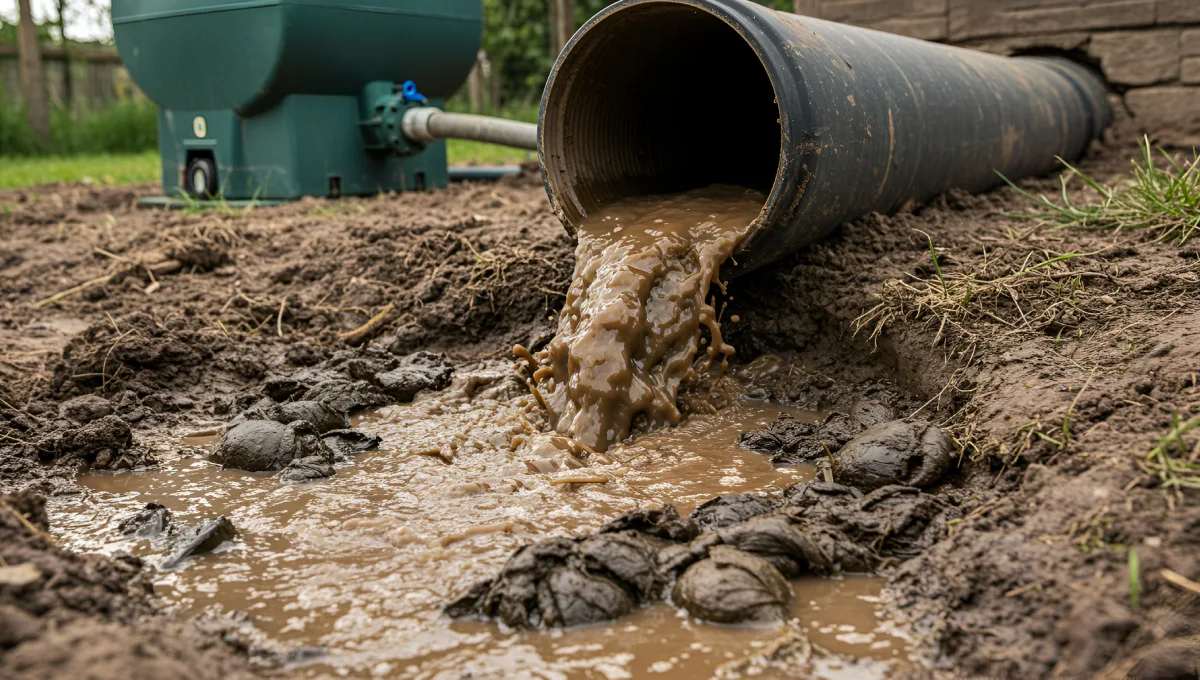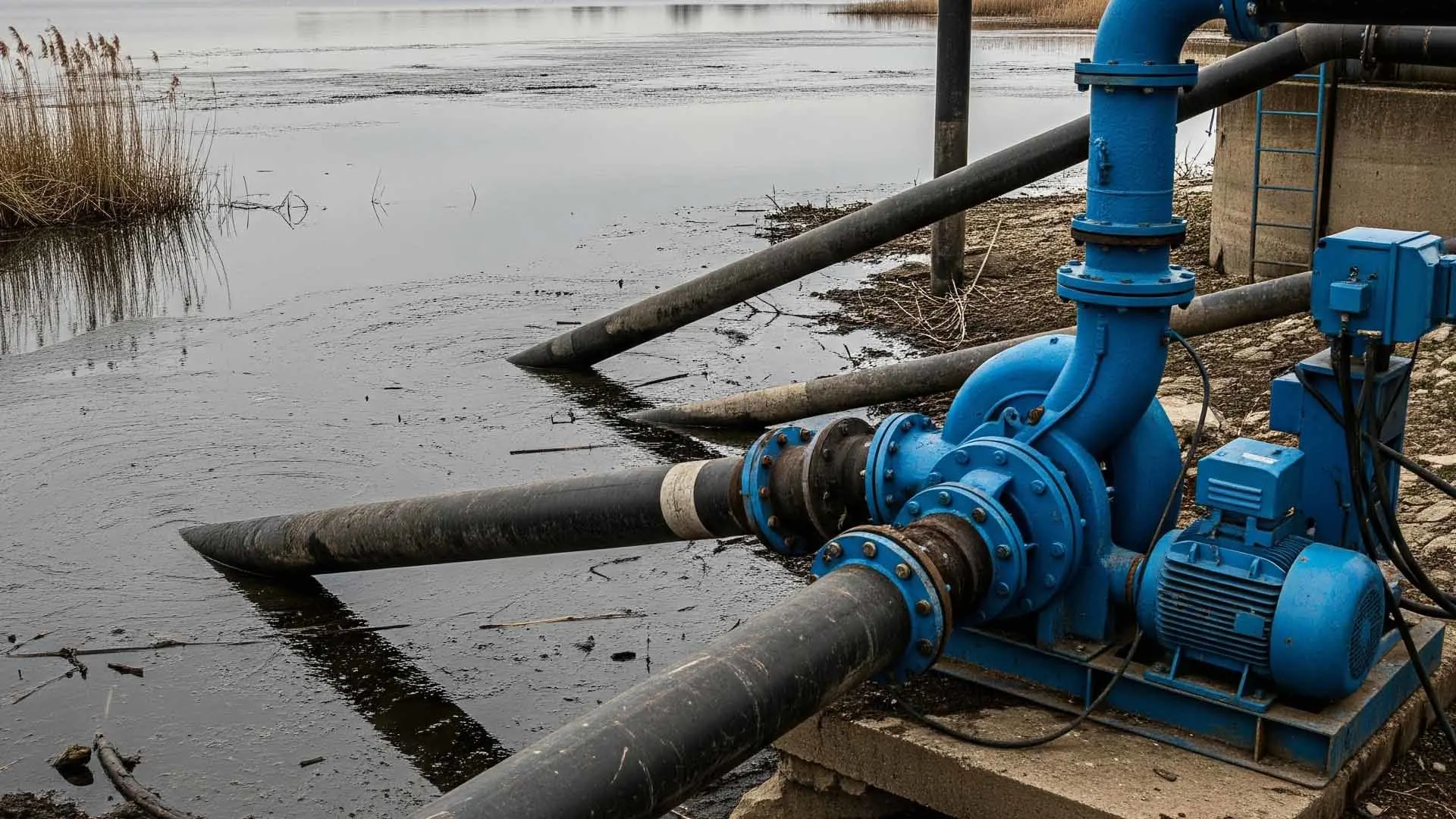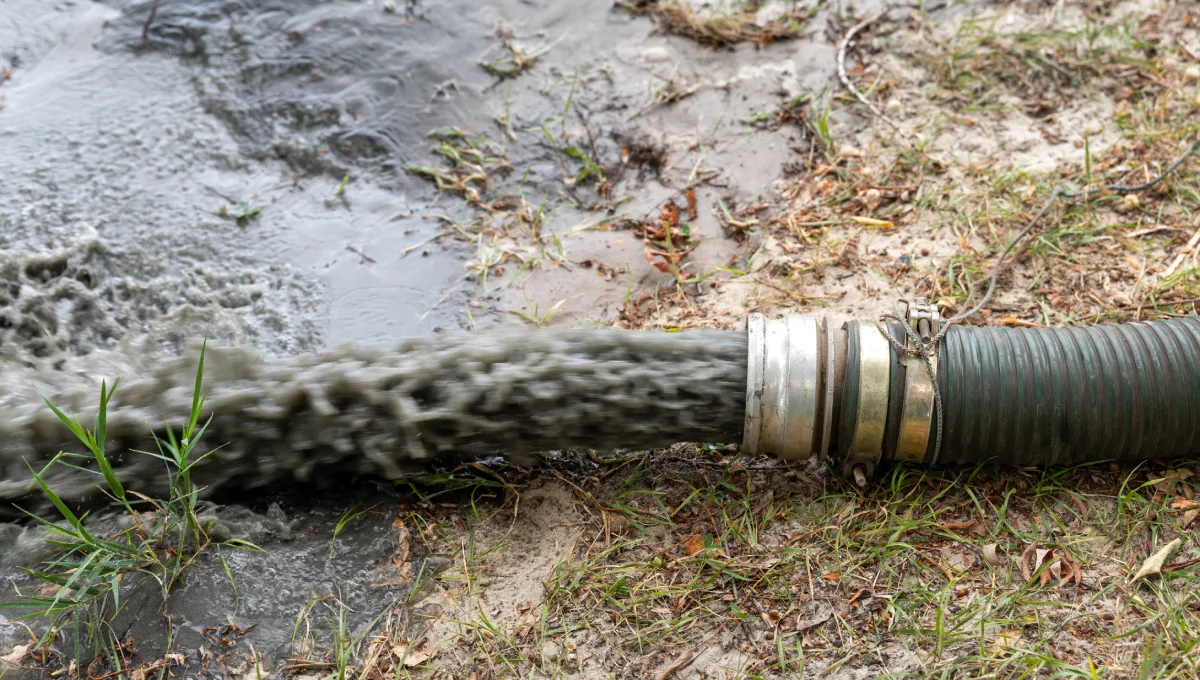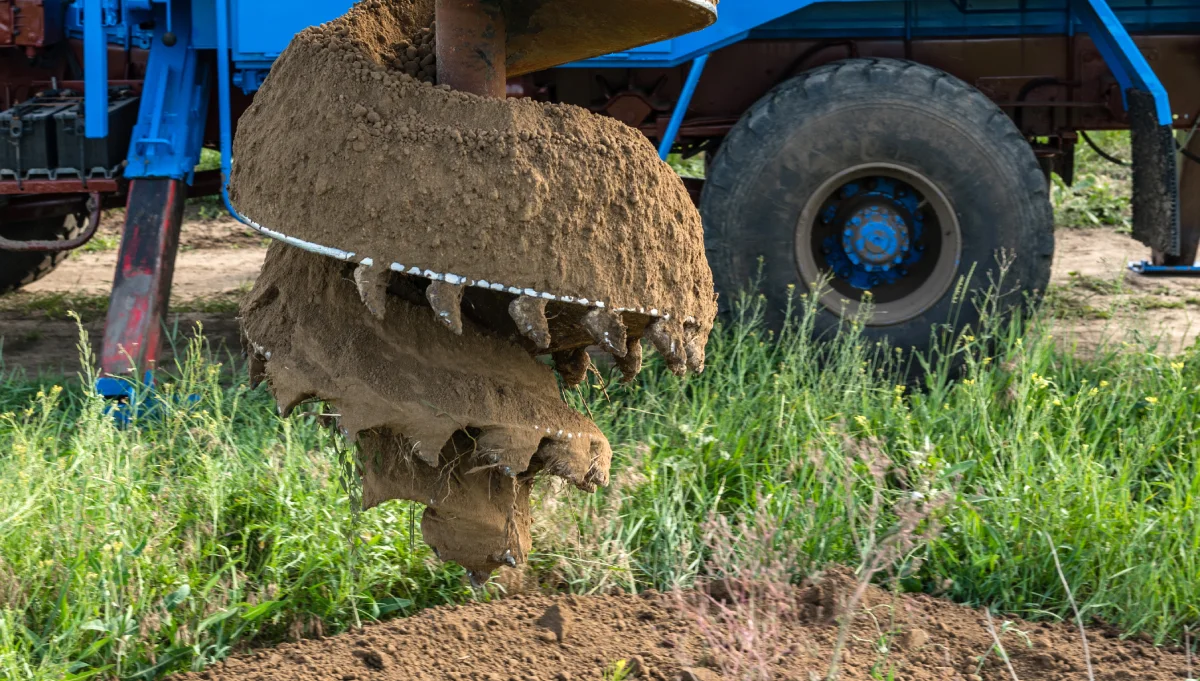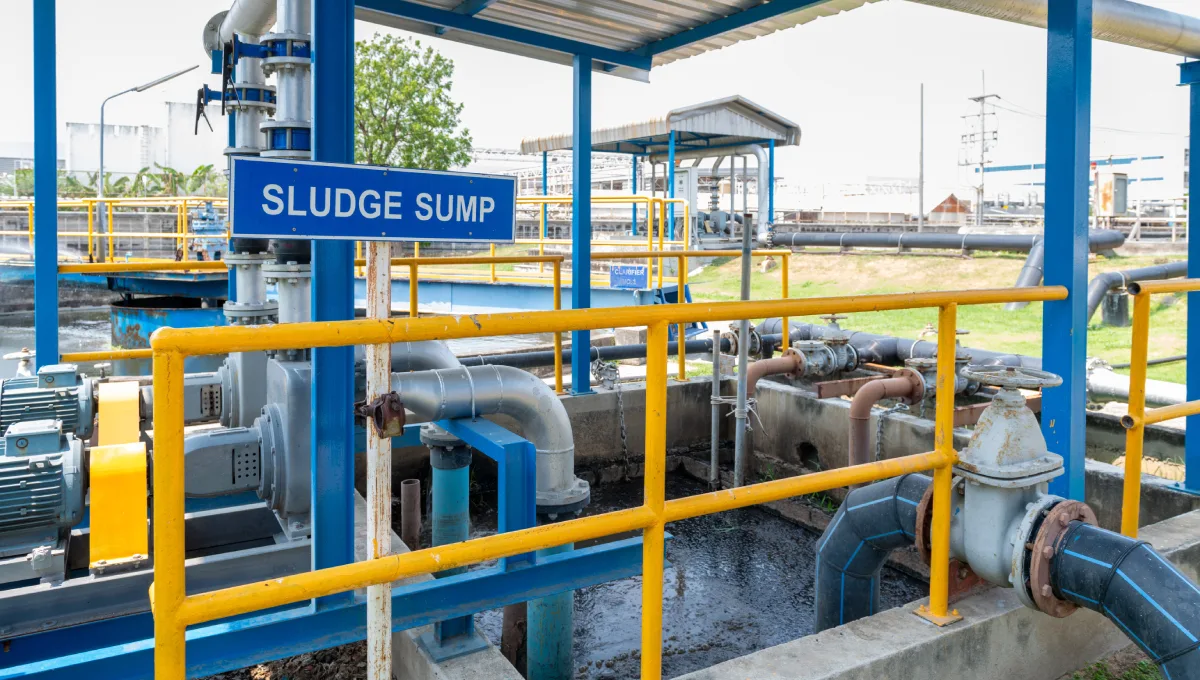- What Is an Industrial Sludge Pump?
- Core Design Features That Handle High-Solids
- Pumping Viscous and High-Solids Materials: How It Works
- Real-World Applications Across Industries
- Performance Benefits and ROI for Decision-Makers
- Selection Considerations for Procurement and Engineering Teams
- Why Industrial Sludge Pumps Are Critical to Modern Operations
Industrial sludge pump technology has become essential for industries that must move abrasive, dense, and highly viscous mixtures under challenging operating conditions. Unlike conventional pumps designed for clean water or light fluids, sludge pumps are engineered specifically to handle mixtures with a high concentration of solids, such as drilling mud, bentonite, tailings, and wastewater sludge. These materials place extraordinary strain on pumping systems, often resulting in breakdowns, downtime, and costly maintenance when the wrong equipment is used.
Traditional centrifugal or water pumps quickly reveal their limitations in these environments. Their impellers, seals, and bearings wear out under abrasive loads, and clogging is a constant risk. The result is unpredictable performance, unplanned repair costs, and interruptions that compromise both efficiency and profitability.
In contrast, the industrial sludge pump is designed to overcome these obstacles with features that enable it to operate continuously, even where other pumps fail. With wider passages, reinforced materials, and clog-resistant designs, it can move viscous, high-solid mixtures while maintaining throughput. For applications where direct placement is necessary, such as lagoons, pits, or tanks, the submersible sludge pump offers an even more efficient solution by eliminating suction lift challenges and maximizing pumping effectiveness.
As productivity and reliability become top priorities across mining, oil and gas, municipal, and construction sectors, the adoption of sludge pumps is accelerating. The following sections examine what makes these pumps unique, how they operate, and why their role is becoming increasingly vital to organizations facing the most challenging pumping challenges.
What Is an Industrial Sludge Pump?
An industrial sludge pump is a specialized, heavy-duty pumping system designed to move fluids that contain high concentrations of solids and exhibit elevated viscosity levels. These pumps are built for conditions where conventional centrifugal or water pumps fail, making them essential for industries such as mining, oil and gas, wastewater treatment, and large-scale construction. Applications range from transporting sewage and drilling mud to managing tailings and abrasive industrial slurry, all of which demand reliable and durable pumping solutions.
The term “sludge pump” is often used broadly to describe pumps that handle semi-solid materials; however, there is a clear distinction between basic units and advanced models. The industrial sludge pump features wider flow passages, corrosion-resistant materials, and reinforced components, enabling continuous operation without frequent clogging or premature wear. This makes them a superior choice for demanding projects where downtime is not an option.
A key variant within this category is the submersible sludge pump, which is designed to operate directly at the source of the sludge or slurry. By being submerged, these pumps eliminate suction lift limitations, delivering improved efficiency. They are particularly well suited for deep pits, lagoons, tanks, or confined environments where surface-mounted pumps would struggle.
Compared to traditional centrifugal pumps, submersible sludge pumps utilize recessed or vortex impellers and wear-resistant linings to transport large solids with minimal risk of blockages. In essence, the industrial sludge pump strikes a balance between durability, efficiency, and adaptability, making it indispensable in the most demanding operating conditions.
Core Design Features That Handle High-Solids
The strength of an industrial sludge pump lies in its engineering, which is purpose-built to overcome the unique challenges of transporting viscous and high-solid materials. Unlike conventional pumps, which are prone to clogging and rapid wear, these pumps are designed to maintain reliable, uninterrupted performance in demanding environments.
At the center of this design is the impeller system. Instead of narrow pathways, the industrial sludge pump often incorporates vortex or recessed impellers, allowing large and irregular solids to pass through without obstruction. This feature is crucial in reducing downtime, as it minimizes clogging even when handling abrasive mixtures such as tailings, slurry, or contaminated sludge.
Equally important is material selection. These pumps are typically manufactured from abrasion- and corrosion-resistant alloys, ceramics, or elastomers. Such materials protect internal components from harsh operating conditions, thereby extending the equipment’s lifespan and reducing the frequency of replacements.
To withstand the mechanical stresses of moving dense materials, sludge pumps include heavy-duty seals and reinforced bearings. These ensure stability under continuous loads, resisting heat and pressure that would otherwise compromise performance.
An additional advantage is the availability of the submersible sludge pump, which operates directly at the source. By eliminating suction lift issues, submersible models increase efficiency and reduce energy demands. They are particularly effective in pits, lagoons, and wastewater facilities where surface-mounted options are less practical.
Ultimately, the industrial sludge pump combines durable construction, innovative impeller design, and operational flexibility, ensuring reliable performance that minimizes downtime and prevents significant financial and operational losses.
Pumping Viscous and High-Solids Materials: How It Works
The industrial sludge pump is engineered to solve one of the toughest challenges in heavy industries, moving mixtures that are thick, abrasive, and packed with solids. Unlike standard pumps, which quickly fail when exposed to such materials, the sludge pump combines hydraulic efficiency, clog-resistant pathways, and robust construction to deliver continuous performance.
The pumping process begins at the suction stage, where viscous materials, such as sludge, slurry, or tailings, are drawn in. Thanks to wider passages and stronger suction capacity, the industrial sludge pump can intake mixtures containing large or irregularly shaped solids without blockages. This capability is essential in environments where particle sizes vary and conventional pumps would repeatedly stall.
Inside the pump, the impeller ensures smooth operation. By using vortex or recessed impeller designs, solids bypass direct contact with moving parts. This design minimizes wear and keeps a consistent flow rate even when handling sticky or unpredictable mixtures.
Protective elements such as wear-resistant linings, heavy-duty bearings, and reinforced seals safeguard against abrasion and corrosion. These features prolong the equipment’s life and reduce maintenance cycles, clear advantages over traditional centrifugal systems, which rapidly lose efficiency under harsh conditions.
For operations where pumps must be placed directly at the source, the submersible sludge pump provides additional flexibility. Installed in pits, lagoons, or tanks, it eliminates suction lift limitations and increases efficiency. By combining durability, adaptability, and performance, the industrial sludge pump ensures reliable throughput, reduced downtime, and stronger returns on investment.
Real-World Applications Across Industries
The industrial sludge pump is valued across a wide range of sectors because it can reliably move abrasive, viscous, and solid-laden fluids that standard pumps cannot handle. Its adaptability ensures that each industry benefits from greater efficiency, reduced downtime, and lower overall costs.
In the mining sector, the industrial sludge pump is a workhorse for transporting tailings, mill scale, and concentrate waste. Its ability to handle abrasive materials without clogging makes it critical for maintaining continuous operations in mines, where equipment reliability directly impacts production output.
In the oil and gas industry, these pumps are indispensable for moving drilling muds, slurries, and other byproducts. Their heavy-duty construction resists both abrasion and corrosion, preventing costly interruptions in upstream and downstream processes.
Municipal and government agencies, including those involved in military and naval projects, rely on sludge pumps for wastewater treatment, stormwater control, and rapid dewatering during emergencies. For confined or submerged applications, the submersible sludge pump is often chosen because it can operate directly in pits, tanks, or flooded areas, eliminating suction lift limitations.
In the construction and heavy industry sectors, sludge pumps manage bentonite, slurry, and sediment during tunneling and foundation work. Contractors rely on their durability to keep projects on schedule.
Finally, in environmental and remediation projects, pumps are used to extract contaminated sediment from lagoons, ponds, and industrial sites. Here, the submersible sludge pump proves especially effective, as it works at the source to remove hazardous material safely and efficiently.
Across these industries, the industrial sludge pump demonstrates its role as a cornerstone of reliable, high-performance operations.
Performance Benefits and ROI for Decision-Makers
For procurement leaders, engineers, and contractors, equipment decisions are evaluated not only by technical capability but also by their financial and operational impact. The industrial sludge pump delivers on both fronts, providing reliability under extreme conditions while ensuring long-term savings and measurable returns.
One of the biggest advantages is reduced downtime. Traditional pumps often clog or fail when exposed to abrasive, high-solid mixtures, leading to production delays and unexpected costs. The industrial sludge pump, however, features non-clogging designs and wear-resistant components that allow it to run continuously even in harsh environments. Fewer interruptions mean higher productivity and predictable project schedules.
Maintenance and repair expenses are also reduced. With heavy-duty bearings, reinforced seals, and durable linings, these pumps withstand wear and tear much better than standard alternatives. Over time, this resilience lowers the frequency of part replacements and extends overall equipment life. For large-scale operations, such reductions in maintenance translate directly into cost savings.
Another benefit is adaptability. Whether deployed as a stationary system or as a submersible sludge pump, these pumps can be configured to meet a wide range of project needs. Submersible options provide additional efficiency by working directly at the source, eliminating suction lift challenges and boosting energy efficiency.
When considering lifecycle costs versus upfront investment, decision-makers find that the industrial sludge pump provides a clear return on investment. By combining reliability, durability, and flexibility, it becomes less of an expense and more of a strategic asset for ensuring operational resilience and profitability.
Selection Considerations for Procurement and Engineering Teams
Selecting the right industrial sludge pump requires more than just choosing a model off the shelf. For procurement heads and engineering managers, the process must begin with a thorough evaluation of the materials to be handled, the operating environment, and long-term project objectives. These factors directly affect pump performance, maintenance demands, and overall return on investment.
The first step is analyzing the characteristics of the material. Solids content, particle size, and viscosity determine the size and power of the pump required. If the industrial sludge pump is undersized, it may not provide consistent throughput, leading to breakdowns and costly downtime. Conversely, oversizing wastes energy and increases operating expenses. Matching pump specifications to real-world conditions ensures a balance between performance and efficiency.
Another major decision is configuration. A submersible sludge pump is often preferred in deep pits, tanks, or lagoons where suction lift poses challenges. Submersible models work directly at the source, improving efficiency and minimizing clogging. Surface-mounted pumps, however, offer easier access for maintenance and are better suited where regular inspection is required.
Lifecycle cost analysis should also guide decision-making. While the upfront investment in an industrial sludge pump may be higher than standard pumps, its durability and ability to withstand abrasive environments significantly reduce the total cost of ownership.
Finally, selecting a knowledgeable supplier is crucial. A partner with industry expertise can recommend whether a surface or submersible sludge pump is better suited for the job, while also providing technical support and tailored solutions.
Why Industrial Sludge Pumps Are Critical to Modern Operations
The movement of high-solids and viscous materials remains one of the most demanding challenges in heavy industry. Conventional centrifugal pumps, while effective for water and low-viscosity liquids, were never designed to handle abrasive, irregular, and semi-solid mixtures. As a result, organizations relying on such equipment often face repeated clogging, accelerated wear, and costly downtime. In industries where productivity and safety are paramount, these inefficiencies are unacceptable.
The industrial sludge pump has proven to be a reliable solution to these challenges. Purpose-built for dense, abrasive, and corrosive materials, it delivers performance where standard pumps fall short. Mining companies depend on them for tailings management, oil and gas operators for transporting drilling muds, and municipalities for handling wastewater and stormwater. By incorporating wide passages, wear-resistant components, and clog-resistant impellers, these pumps ensure reliable flow even in the harshest environments.
For operations where pumps must work directly at the source, the submersible sludge pump provides unique advantages. Installed in pits, lagoons, or tanks, it eliminates suction lift problems and enhances efficiency, making it indispensable for confined or submerged applications. In both stationary and submersible forms, these pumps adapt to a wide variety of industrial needs.
From a business perspective, the benefits of the industrial sludge pump go beyond technical performance. Reduced downtime, extended equipment life, and lower maintenance costs translate directly into measurable financial returns. For procurement heads, contractors, and government buyers, investing in this technology is not merely a matter of equipment choice; it is a strategic decision to safeguard operational continuity and long-term value. By adopting submersible sludge pumps and stationary systems, organizations position themselves to meet today’s toughest pumping challenges while preparing for the future.

